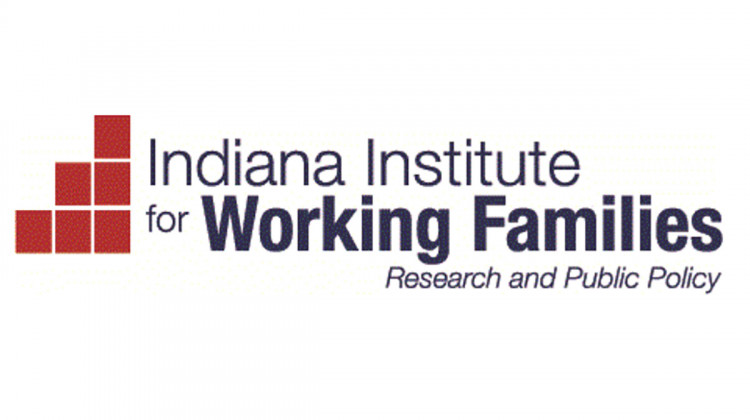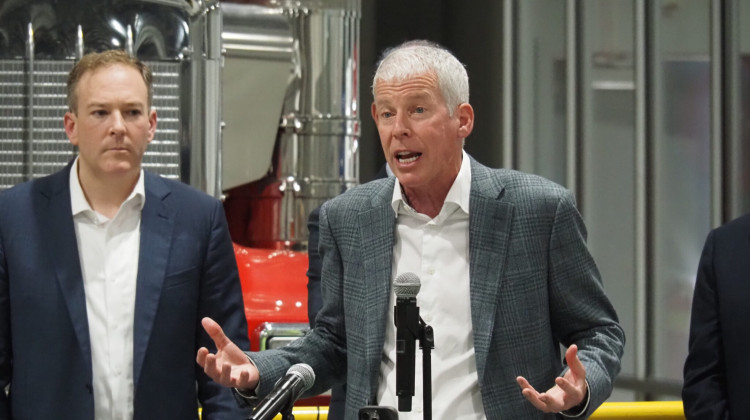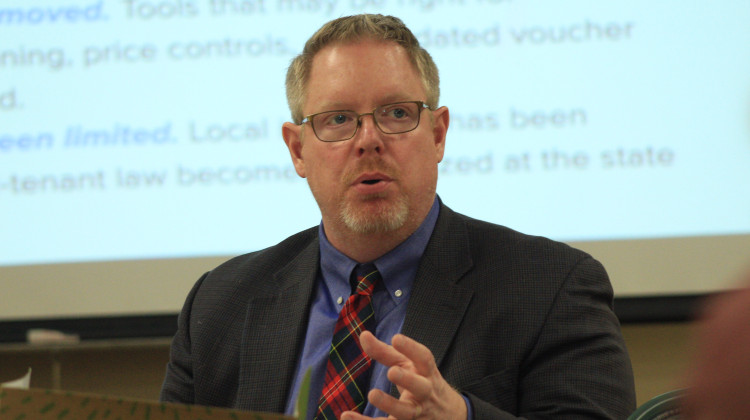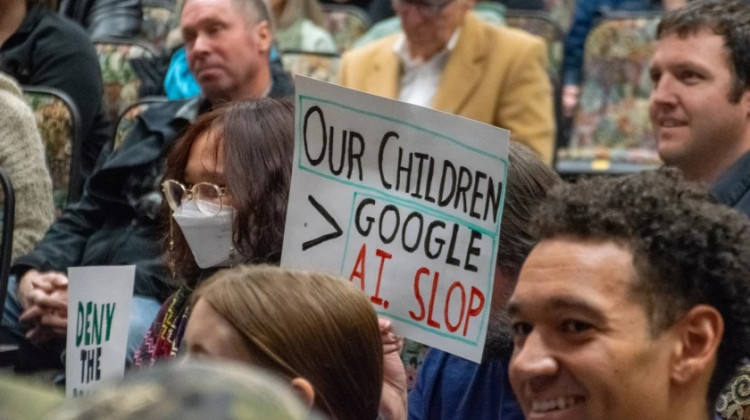A recent report from the Indiana Institute of Working Families says income inequality continues to grow in the Hoosier State. The publication indicates a person in the top 1 percent of wage earners makes 17.3 times the average income of the bottom 99 percent.
But after briefly reviewing the publication, Indiana University public policy professor Leslie Lenkowsky says a more comprehensive measure of income may show a different picture.
“Looking only at earnings for example is just a small part of the picture,” says Lenkowsky. “For example, a lower income family probably has access to various kinds of health care that’s one degree or another are subsidized by government.”
He cites a University of Notre Dame study published last year from the Lab of Economic Opportunities that examined consumption and income inequality in the United States.
“Every September or so, the federal government issues an estimate of poverty that year, and late last September the number was 12 percent of all households were in poverty,” says Lenkowsky. “The Notre Dame Center took a broader measure, what it calls ‘consumption poverty,’ and found that the actual measure of poverty was just 3 percent.”
Indiana Institute of Working Families senior policy analyst Andrew Bradley says the report does examine safety net programs, such as food stamps.
“While SNAP has reasonably kept up with changes with the recession and the recovery, Indiana’s TANF [Temporary Assistance For Needy Families] program, which is meant to help people who are below poverty, has really – the bottom has just fallen out,” he says.
Bradley says the research that was uncovered showed TANF serves fewer than 10 percent of those who need the financial help.
The study reported that by 2026, seven in 10 jobs in the state will be considered low income for a family of three. And with Indiana expected to have about 1 million open jobs to fill in the next 10 years there’s concern many of those jobs may still offer insufficient wages.
Republican leaders have touted the state’s business friendliness, but Bradley says attracting business into the state hasn’t benefited all Hoosiers.
“It is very possible to be business friendly and also working families friendly, but Indiana has not found that mix yet,” he says.
Lenkowsky says the problem with getting people good paying jobs is education.
“To the extent Hoosiers are not competitive in terms of wages, it’s because of educational levels,” says Lenkowsky.
He says educational efforts to offer more skills-building classes are needed to help Hoosiers qualify for the high-skills jobs many employers struggle to fill and in turn have higher paying jobs.
 DONATE
DONATE








 Support WFYI. We can't do it without you.
Support WFYI. We can't do it without you.